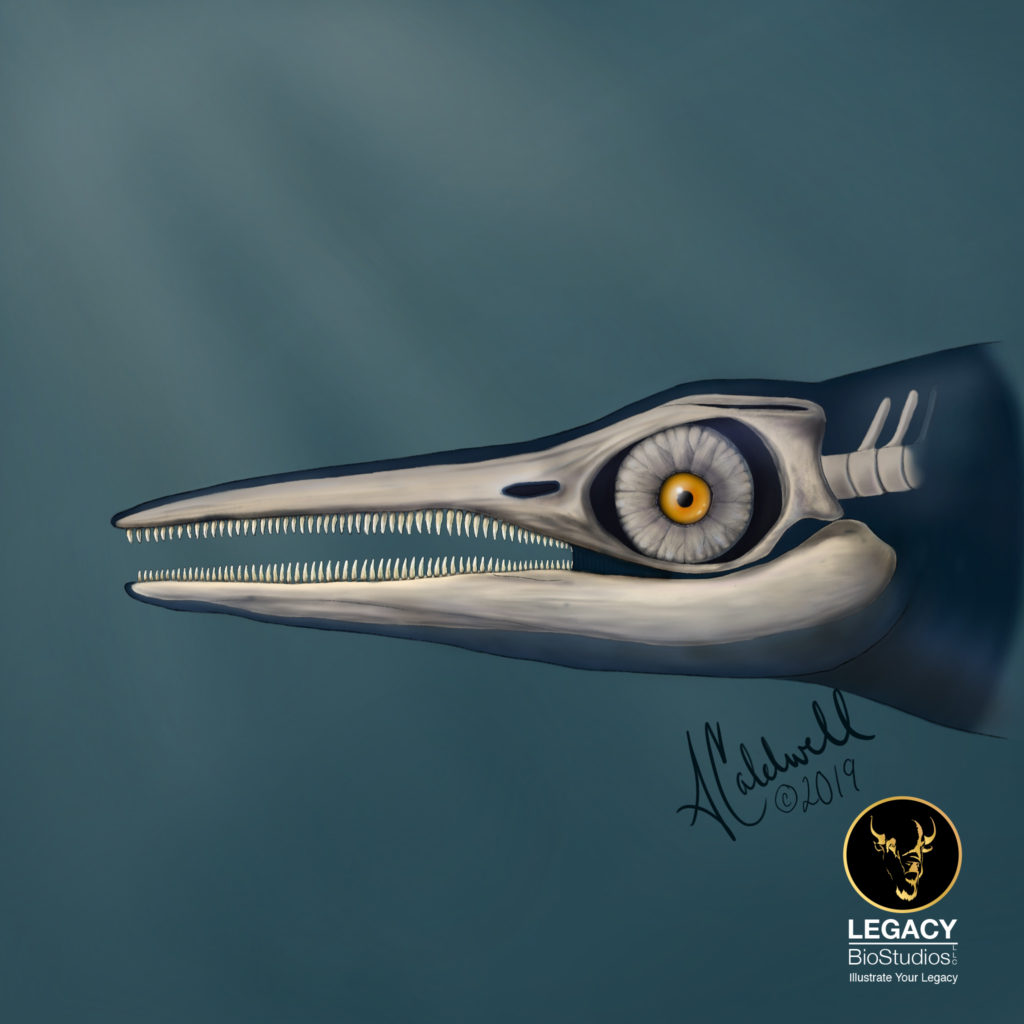Posts Tagged ‘ichthyosaur’
Women’s History Month – Remembering Mary Anning
We are at the end of March which is Women’s History Month, but also the month that has International Women’s Day and National Puppy Day. Both of these days and Women’s History Month were my theme of work and reading. At the end of February on a very long drive up to Minnesota, I listened…
Read More